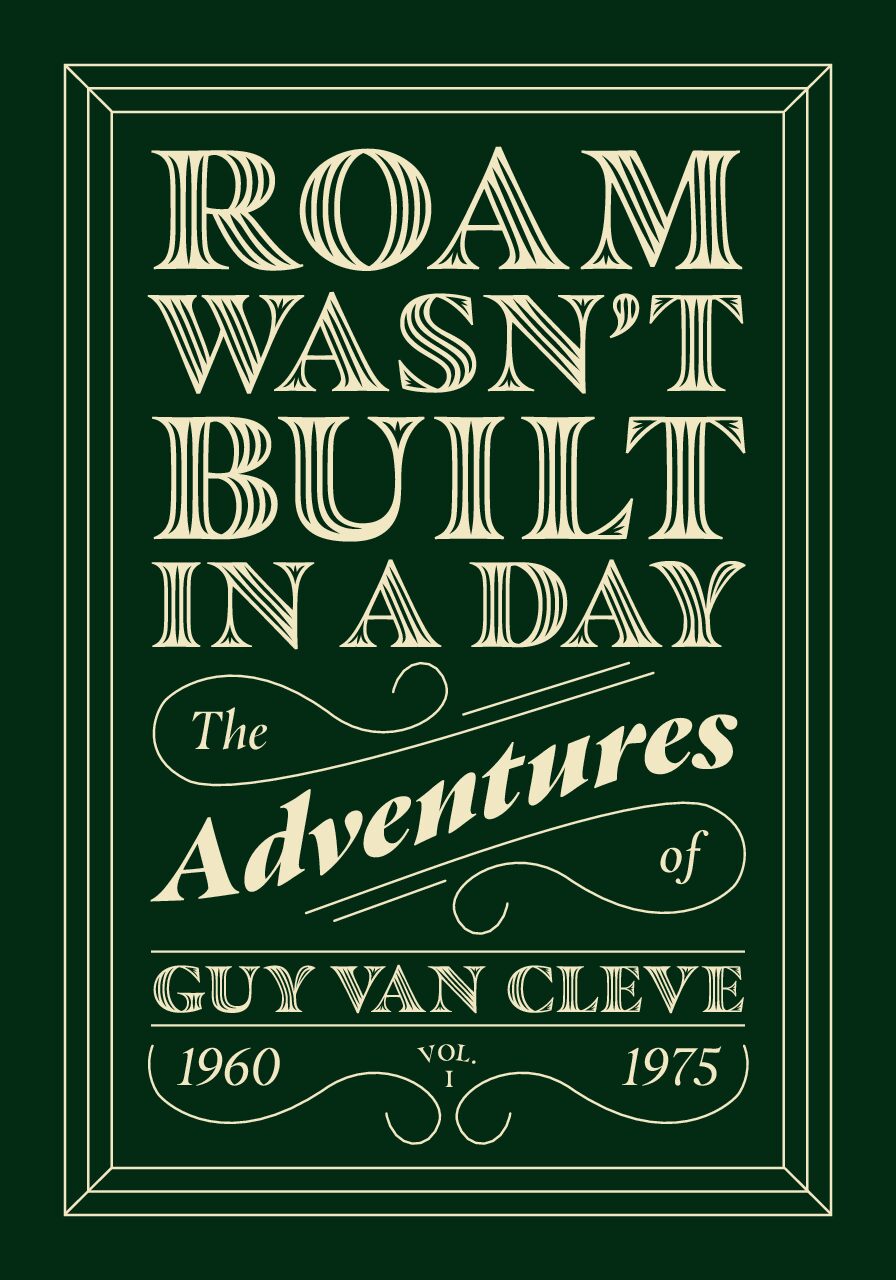“A Velhinha e o Porco,” the bibliotherapist ‘s most recent release Clara Haddad captivates readers with a charming narrative about an elderly woman looking for company. Inspired by an English folk tale, the book addresses themes such as loneliness, empathy and the transformations that occur when we pay attention to the needs of others. With vibrant illustrations by talented Colombian artist Canizales , this work not only offers an engaging story, but also highlights the importance of understanding and dealing with emotions, especially in relation to isolation among the elderly.
Can you share how the inspiration for adapting this English folk tale came about?
As a child, I was enchanted by the story “The Old Woman and Her Pig ”, present in an old collection called “Children’s World”. The story, compiled by Joseph Jacobs, became special due to the presence of a magical word in my childhood: “Pinguela”, referring to the bridge that the old lady was crossing. The sound of that word has stayed with me over the years. Despite losing the book, the opportunity to purchase it at an online auction years later revived my passion for the story. And, in the summer of 2023 in Portugal, I picked up several books to reread. After reading this story, I finally decided to write my own interpretation, connecting myself to the narrative that enchanted me so much as a child.
By inserting a character at the end of the story, you offer a twist. How does this addition influence the message you want to convey?
The addition of a character at the end of the story was a deliberate choice to provide surprise and humor, while at the same time introducing a reflection on love in old age. This twist aims to not only captivate the reader with the unexpected, but also explore deeper themes related to aging and the potential of finding love at different stages of life.
Loneliness among the elderly is an important topic. How do you hope this story contributes to awareness and action on this issue?
I firmly believe in the importance of caring for our elderly, who dedicated their lives to us when we were young. Aging itself often leads to loneliness and can worsen mental and physical health problems. The work tells the story of an old lady who felt alone and decided to have a pet to keep her company. With this action of the character, I seek to raise awareness, through reading the story, of young readers’ reflection on the importance of being present in the lives of the elderly. And this topic is sensitive to me, as contact with my grandmother as a child was fundamental for me and created a memory that will last forever.
Her experience in bibliotherapy stands out. How do you see children’s narratives shaping empathy in children?
I think that more than shaping, the word is inspiring. Bibliotherapy essentially uses words . Whether oral or written. And the words in the books serve as a starting point for bibliotherapeutic work. For example, the book launches the theme and the reader/listener assimilates it, always using their freedom of interpretation, giving the possibility of giving meaning or new meanings to what is read/heard. Bibliotherapy , as a technique, uses stories to explore emotions and important issues . Stories allow children to understand and express their own feelings, as well as cultivate empathy by identifying with the characters’ experiences.
How did you collaborate with illustrator Canizales to ensure that the images effectively complement the narrative?
My partnership with illustrator Canizales was established after we met in Italy during the Bologna Children’s Book Fair in 2023. We were introduced by our editor. During the process of creating the book, I did not interfere with its artistic approach. And I believe that the freedom given to the illustrator allowed him to bring his own vision of the narrative in image form.

The protagonist faces difficulties finding help. What is the underlying message about society and the willingness to support others?
I think that one of the transversal themes of the story is precisely this reflection: Can we help each other? Or do we help those who ask us for help? Are we aware of this? The lack of support offered to the old lady raises questions about society’s solidarity and willingness to help those facing problems, even when these problems do not directly affect us.
In addition to the main story, what specific message do you hope children take away from this Old Lady and the Pig adventure?
In addition to the fun provided by the story, I hope that reading families consider the importance of coexistence with the elderly in their lives. The story of “The Old Lady and the Pig” serves as a gentle reminder of sharing and the value of moments shared with our elders.
Her commitment to helping children understand their emotions is remarkable. How do you see literature as a tool for this purpose?
Literature plays a vital role in exploring and understanding emotions at all ages. It allows us to ask questions of various types. Literature instigates us, moves us, makes us restless… and, with children, in addition to provoking all of this, stories offer a safe and engaging way to approach complex emotional themes, promoting understanding and the healthy expression of feelings.
Among your many works for children, how does this one stand out in terms of the impact it hopes to have on children?
In my literature, I try to address emotions, dreams, the search for achieving what we want. All this with humor and lightness. I am inspired by life, people, friends and what I see, feel and know in the world and I want to share. In the case of the work “The Old Lady and the Pig”, I believe it stands out from my other titles due to the cumulative narrative, something that captivates children a lot, the gentle approach to difficult themes such as loneliness and empathy, in addition to seeking to create the opportunity to promote reflection within families on the importance of valuing the elderly.
Considering the English version for bilingual readers, how important is it to offer this cultural and linguistic experience to children?
I think Telos Editora’s proposal to have a collection of books in other languages is incredible. I loved knowing that there would also be an English edition of the work “The Old Lady and the Pig”. Offering an English version not only expands the reach of the work inside and outside Brazil, but also enriches the cultural and linguistic experience for readers from different backgrounds, opening doors, enriching the literary universe and promoting inclusion .
Follow Clara Haddad on Instagram





